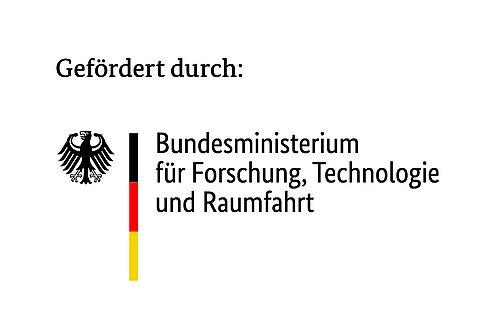DEER Dezentraler Redispatch (DEER): Schnittstellen für die Flexibilitätsbereitstellung
Motivation
In the course of the necessary transformation of the energy system, decentralized consumption and generation plants as well as battery storage systems will increasingly be integrated into the power system. This implies an increasing need to use these plants for grid stabilizing measures as well. One of these measures is the so-called Redispatch, in which planned feed-ins and consumptions are rescheduled to prevent overloading of lines and transformers. In the current Redispatch 2.0 regime, small and micro plants in the distribution networks are not yet included.
One possibility to include these plants is a market-based redispatch, in which grid operators procure their redispatch needs on a dedicated market. This approach intends to minimize the costs of redispatch and at the same time enhance scalability, since grid operators do not have to take control of all the plants directly. Furthermore, it offers the possibility for aggregators to bring small plants to such a market in bundled form and thus additionally benefit from the advantages of pooling effects.
Goal
In the project "Decentralized Redispatch (DEER): Interfaces for Flexibility Provision" solutions for the integration of decentralized plants into the higher-level market-based redispatch process are investigated. One focus is the modeling of the flexibility of small-scale plants. These plants not only have different technical constraints, but also have to meet a wide variety of requirements resulting from their underlying usage. For example, an electric car must be charged in time and a heat pump must maintain the required temperature range. The flexibility must therefore reflect the remaining degrees of freedom in a plant-specific manner. At the same time, it must be possible to aggregate the flexibilities of a pool of plants in such a way that joint marketing and the subsequent determination of plant-specific obligations is possible.
Another goal of the DEER project is to establish a method for verifying the fulfillment of these redispatch obligations. Grid operators must be able to verify that plants are meeting their responsibilities resulting from participation in the redispatch market.
In order to generate the greatest possible benefit and to make use of the results beyond the scope of the project, the results of the data and process models and the associated interfaces will be included in technical rules (VDE SPEC, VDE-AR) and proposals for standards will be developed.
Technologies
For the sake of scalability and robustness, the control, marketing and verification of provision of the decentralized plants should also be carried out by a system that is as decentralized as possible. A multi-agent system is used for the calculation of plant flexibility, its aggregation and subsequent disaggregation. Here, each plant is equipped with an intelligent agent that knows the constraints and requirements of its plant and accordingly determines the flexibility for redispatch "on the edge". After aggregation and marketing of the pooled flexibility, disaggregation, i.e., allocation of the pooled redispatch obligations to individual plants, can also be performed either in the cloud or by the agents "on the edge." In addition, self-sovereign (machine) identities and zero-knowledge proofs are used to provide asset-specific and robust verification of provision and billing.
Internal Leader
External Leader
Till Zwede, Fraunhofer FIT WIScientific Director
Körner, Marc-Fabian and Nolting, Lars and Heeß, Paula and Schick, Leo and Lautenschlager, Jonathan and Zwede, Till and Ehaus, Marvin and Wiedemann, Stefanie and Babel, Matthias and Radtke, Malin; 2024
Radtke, Malin and Frost, Emilie; Proceedings of the 17th International Conference on Agents and Artificial Intelligence (ICAART 2025) - Volume 1; 001 / 2025
Heess, Paula and Holly, Stefanie and Körner, Marc-Fabian and Nieße, Astrid and Radtke, Malin and Schick, Leo and Stark, Sanja and Strüker, Jens and Zwede, Till; Energy Informatics; February / 2025
Radtke, Malin and Stark, Sanja and Holly, Stefanie; Energy Informatics; 2026
www.wi.fit.fraunhofer.de
www.dke.de
www.tennet.eu/de
www.bestoraged.de
www.my-oli.com
www.ubimet.com
Contact
Duration
End: 31.12.2025
Source of funding




